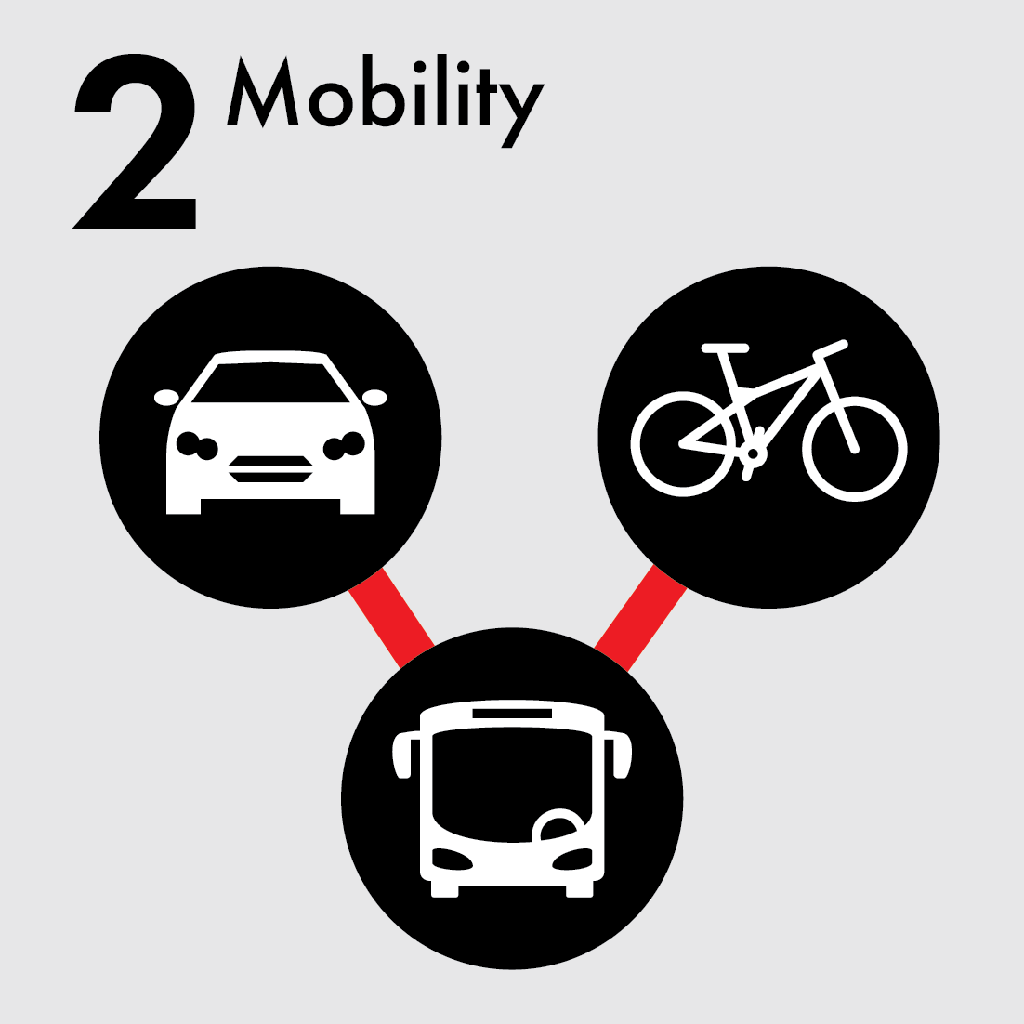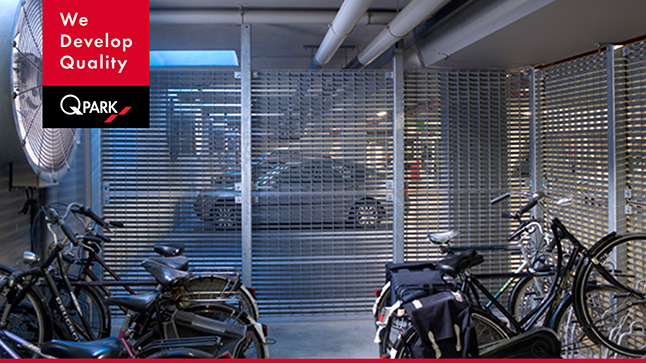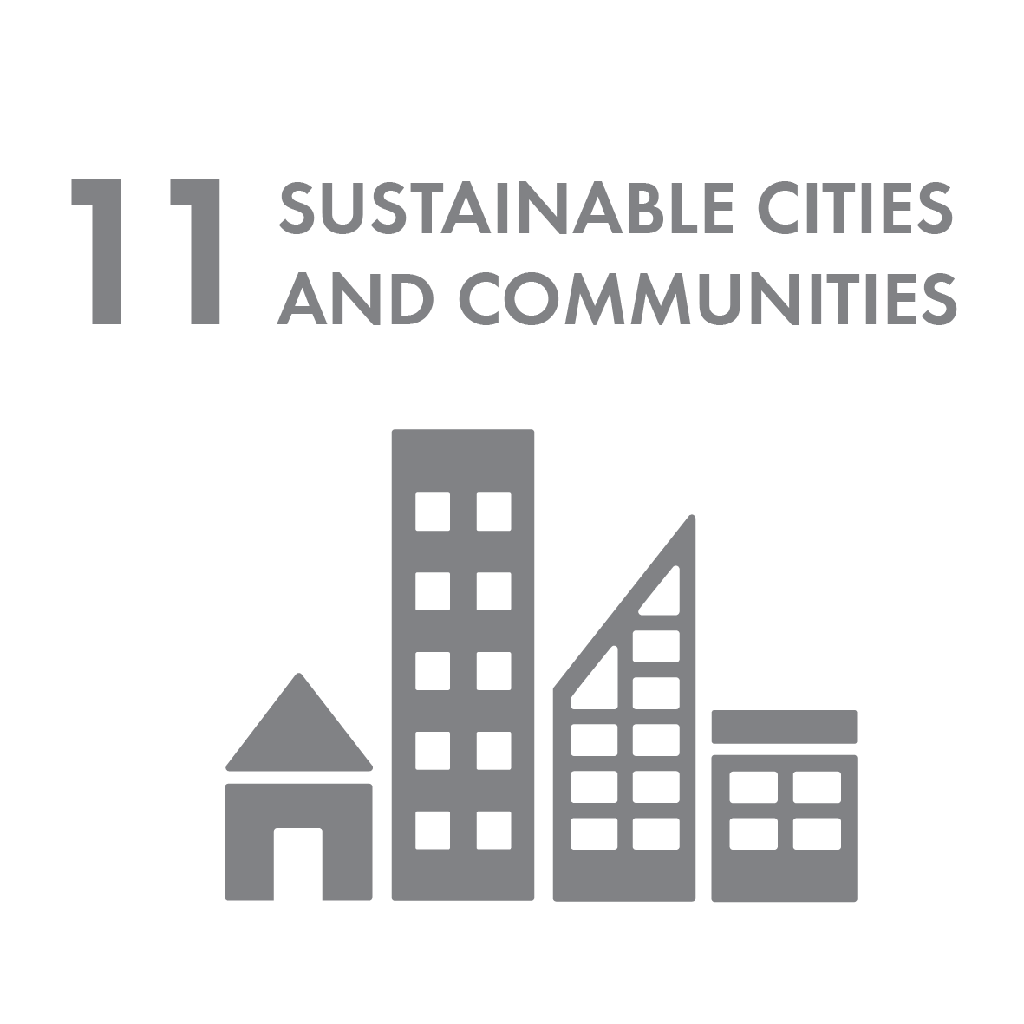Mobility hubs

In our 2020 Materiality Analysis, mobility is considered the second most material topic. Mobility hubs are busy places where travellers arrive and depart by different modes of transport, such as bicycle, car, train, or plane. Mobility hubs help urban areas to be accessible and liveable.
Figure 18 Proximity to alternative mobility options

Q-Park wants to help customers complete their journey as conveniently as possible and a mobility hub is the place to provide additional services.
We provide fundamental services such as AEDs and toilets mobility hubs could also feature:
Kiss + Ride zones: Customers can park here for a brief period to drop-off or pick-up family and friends, or a ride share.
Lockers: Customers can leave luggage and shopping while using amenities in the vicinity.
Refrigerated lockers: for perishable goods. At some inner-city locations this service is used by restaurant suppliers to make early-morning deliveries, avoiding congestion.
Parcel walls: Parcel delivery services give their customers a digital key to open the door and thus take delivery of their online purchase. This logistic facility contributes to reducing parcel delivery mileage and emissions, while offering added convenience to customers who order online.
Pickup points: as a service, stores in the shopping centre can deliver shopping and/or bulky goods to the pickup point. The customer drives by to collect their goods on their way out.
Figure 19 Mobility hubs with Lockers & Pickup points

Park+Ride
Parking facilities at mobility hubs enable people to switch transport mode to continue their journey by public transport.
Results
Our proximity to alternative mobility options has increased by 44 in 2020. This is mainly due to improved data registration in our back-office systems. We now have 204 owned and long-leased Park+Ride (P+R) parking facilities (2019: 160) registered at or near major transport hubs.
Chart 12 Parking facilities at major transport hubs
Micro-mobility
By moving car parking from on-street to off-street, cities free up public space for pedestrians and cyclists. Many cities and towns now also wish to move bicycle parking off the streets too. We include bicycle parking in our renovation and new build plans wherever feasible.
There are clear advantages to both municipalities and cyclists in moving bicycle parking off-street, including:
public space becomes available for pedestrians, markets and other street activities;
dry and secure bicycle parking for cyclists with optional lockers for helmets etc;
e-charging for e-bicycles.
Figure 18 Secure bicycle parking

More information about bicycle parking solutions.
Results
In 2020, we have continued to add bicycle parking to our car parks. We now have 104 owned and long-leased parking facilities offering bicycle parking (2019: 94).
Chart 12 Parking facilities with bicycle parking


With our parking facilities at mobility hubs we contribute to SDG 9 and SDG 11.
